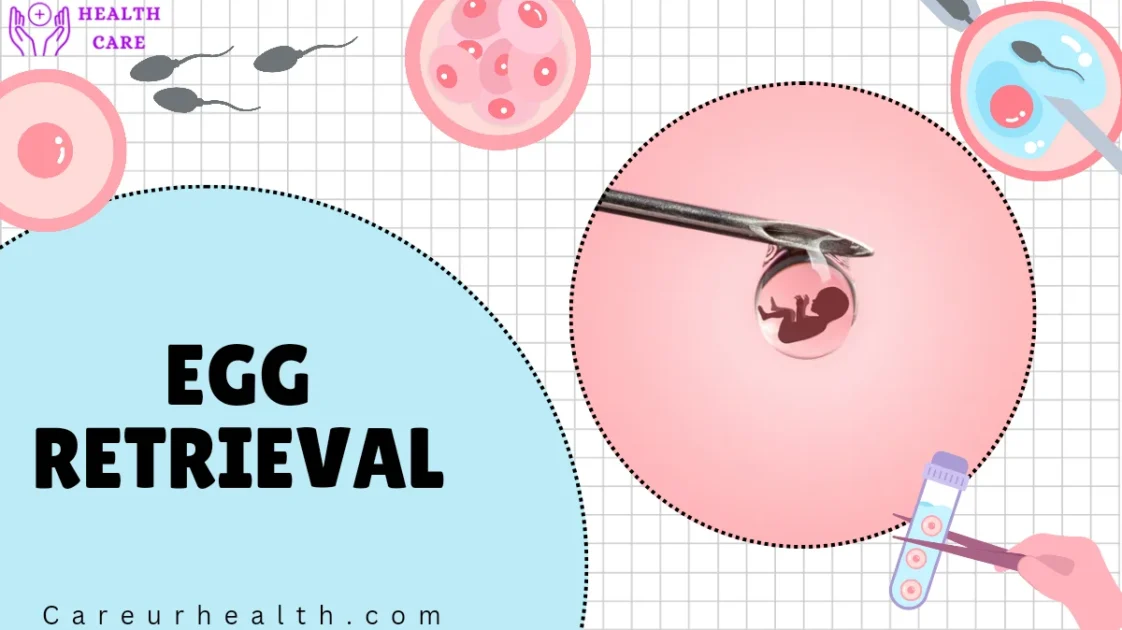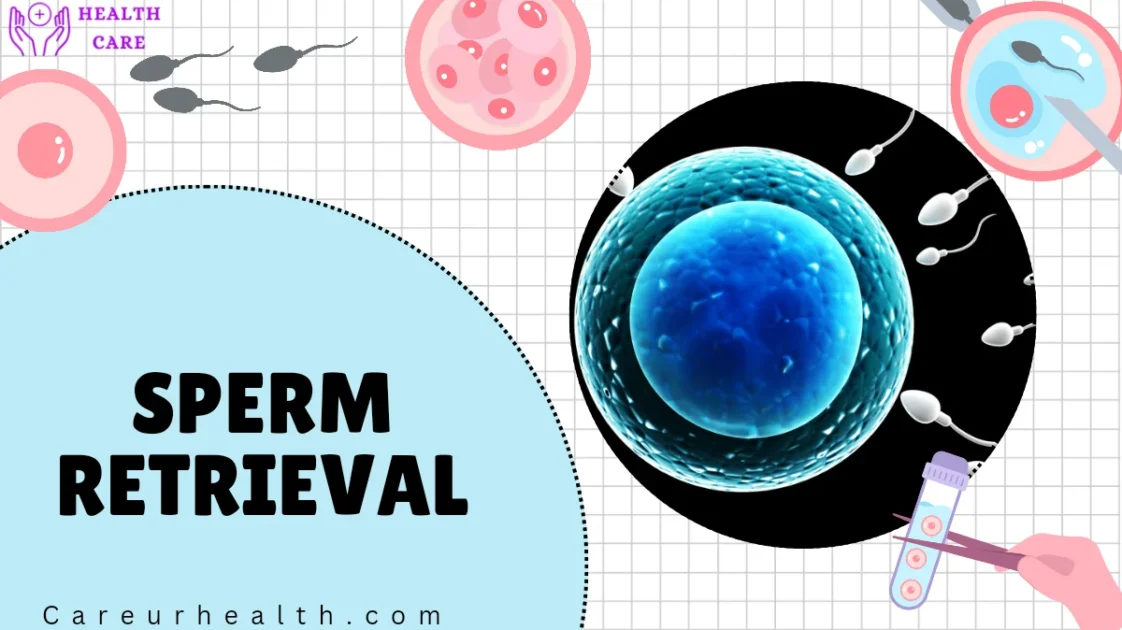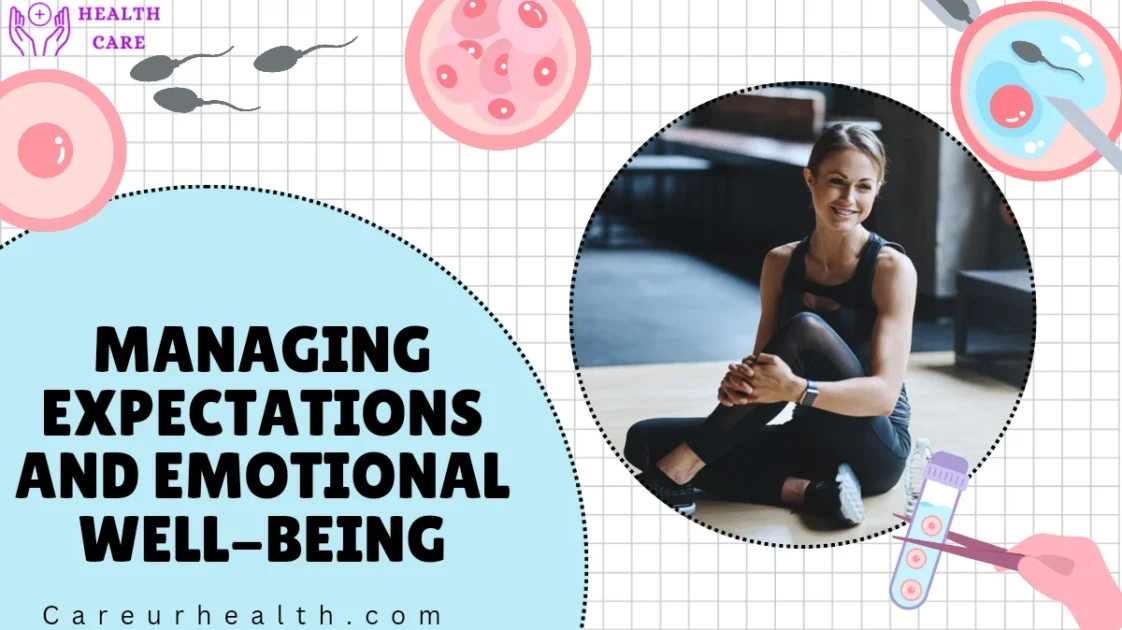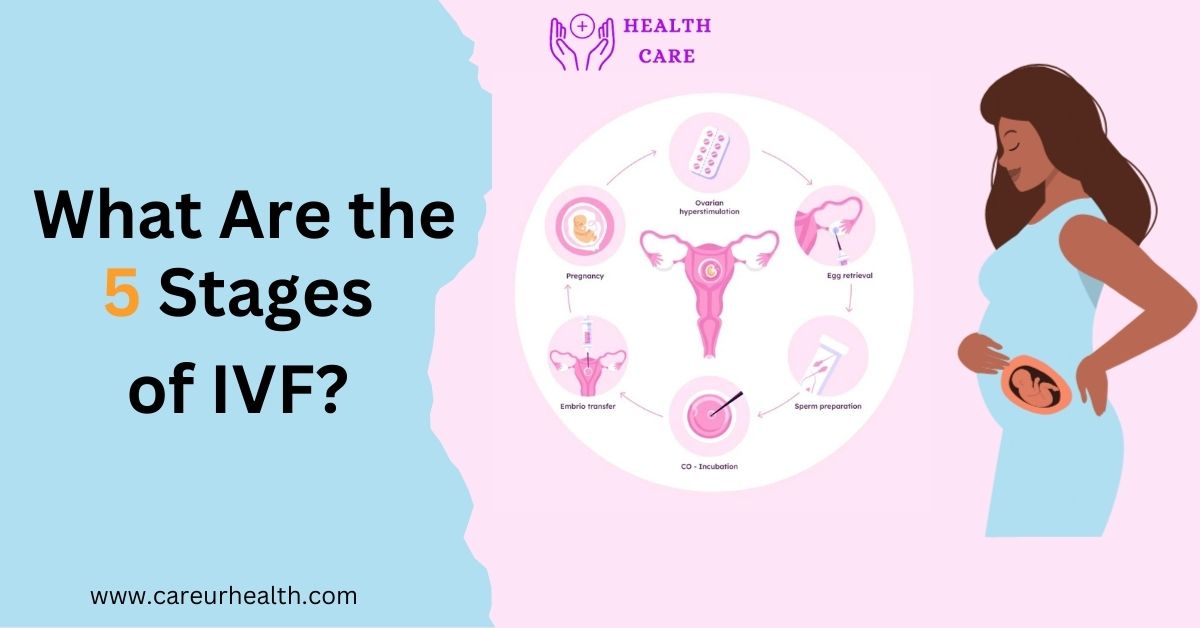Introduction
What are the 5 stages of IVF treatment? In vitro fertilization (IVF) involves a complex series of procedures to assist with the conception of a child. It stands as one of the most effective forms of assisted reproductive technology (ART). During IVF, doctors retrieve eggs from a woman’s ovaries and then fertilize them with sperm in a laboratory.
The fertility doctor explained what are the 5 stages of IVF in detail.
IVF can be a long and emotional journey, but understanding the process can help prospective parents prepare for each step. During the consultation, they discussed what are the 5 stages of IVF.
This comprehensive guide will delve into the five stages of IVF: ovarian stimulation, egg retrieval, sperm retrieval, fertilization and embryo culture,as well as embryo transfer. We will also explore the importance of each stage, the challenges that may arise, and the latest advancements in the field. It’s important to understand what are the 5 stages of IVF.
Ovarian Stimulation

Ovarian stimulation is the first and critical stage of the IVF process. It involves the use of hormonal medications to stimulate the ovaries to produce multiple eggs, rather than the single egg that normally develops each month. This step is essential because having multiple eggs available increases the chances of successful fertilization as well as pregnancy.
During ovarian stimulation, patients typically begin by taking fertility medications, which may include gonadotropins (such as FSH and LH), oral medications like clomiphene citrate, or a combination of both. These medications are designed to encourage the ovaries to produce several follicles, each containing an egg.
Patients often ask their doctors what are the 5 stages of IVF. The brochure clearly outlines what are the 5 stages of IVF.
The ovarian stimulation phase typically lasts about 10 to 14 days, but this can vary depending on how the patient responds to the medications. The nurse explained to us what are the 5 stages of IVF.This sets the stage for the next phase: egg retrieval. In the seminar, they focused on what are the 5 stages of IVF.
Egg Retrieval

Egg retrieval is the second stage of the IVF process as well as involves collecting the mature eggs from the ovaries. This procedure is performed under sedation or anesthesia to ensure the patient is comfortable and pain-free.
The egg retrieval procedure is typically conducted 34 to 36 hours after the trigger shot. Using transvaginal ultrasound guidance, a thin needle is inserted through the vaginal wall as well as into the ovarian follicles to aspirate the fluid containing the eggs.
The number of eggs retrieved can vary significantly from patient to patient and depends on several factors, including age, ovarian reserve, and response to stimulation medications.
Doctors retrieve an average of 8 to 15 eggs, but it is important to note that not all retrieved eggs will be mature or viable for fertilization.
After the egg retrieval procedure, patients may experience some cramping, bloating, or spotting, which typically resolves within a few days. Doctors place the collected eggs in a culture medium and keep them in an incubator to prepare them for the next step: fertilization. Knowing what are the 5 stages of IVF can help ease anxiety.
Sperm Retrieval

Sperm retrieval is the third stage of the IVF process and involves obtaining a sperm sample for fertilizing the retrieved eggs. The method of sperm retrieval depends on the individual circumstances of the male partner or sperm donor.
For most men, sperm retrieval is straightforward as well as involves producing a semen sample through masturbation, usually on the same day as the egg retrieval. They researched online to find out what are the 5 stages of IVF.
Fertilization and Embryo Culture
Fertilization and embryo culture are the fourth stage of the IVF process and are critical for the development of healthy embryos. This stage involves combining the retrieved eggs and prepared sperm to allow fertilization to occur, followed by monitoring the growth and development of the resulting embryos.
IVF employs two primary methods of fertilization: conventional insemination and intracytoplasmic sperm injection (ICSI). In conventional insemination, doctors place a concentrated sample of sperm in a culture dish with the eggs, allowing fertilization to occur naturally.
In ICSI, doctors directly inject a single sperm into each mature egg, making it particularly useful in cases of male infertility or previous fertilization failure.
The presentation showed what are the 5 stages of IVF using visuals.
After fertilization, the embryos are cultured in a controlled laboratory environment. The embryologist monitors the embryos over the next few days to assess their development and quality. By day 3, embryos typically reach the 6-8 cell stage, and by day 5, they may develop into blastocysts, which have a higher potential for implantation.
During the culture period, the embryos are evaluated based on their appearance, cell division rate, and other criteria. The best quality embryos are selected for transfer, while the remaining viable embryos may be frozen for future use. The decision on the number of embryos to transfer is based on several factors, including the patient’s age, embryo quality, and previous IVF outcomes.
Embryo Transfer

Embryo transfer is the fifth and final stage of the IVF process and involves placing one or more selected embryos into the woman’s uterus with the hope of achieving a successful pregnancy. This procedure is relatively simple and usually does not require anesthesia.
Embryo transfer is typically performed three to five days after egg retrieval, depending on the embryo’s development stage. The patient is placed in a position similar to a gynecological exam, and a speculum is inserted to visualize the cervix. The fertility specialist detailed what are the 5 stages of IVF in the meeting.
After the embryo transfer, the patient may be advised to rest for a short period before resuming normal activities. It is important to follow the doctor’s recommendations regarding physical activity, medications, and other post-transfer care.
The waiting period after the embryo transfer, known as the two-week wait, can be emotionally challenging. During this time, patients must wait to take a pregnancy test to determine if the transfer was successful. If the test is positive, the pregnancy will be monitored with blood tests and ultrasounds to confirm its viability and progression.
Read More:-
- Best Yoga Practices for Overthinkers: Techniques and Benefits
- Listerine Mouthwash Benefits: An In-depth, Exploration
Managing Expectations and Emotional Well-being

Understanding the Emotional Impact of IVF
IVF is an emotionally taxing process that involves numerous highs and lows. From the initial hope of successful fertilization to the potential disappointment of a negative pregnancy test, the emotional rollercoaster can be overwhelming. She learned about what are the 5 stages of IVF from the workshop.
Understanding that feeling anxious, stressed. Or even depressed at times is normal can help individuals and couples better prepare for the journey ahead. Psychological support, such as counseling or support groups, can be beneficial in navigating these emotions. During the webinar, they reviewed what are the 5 stages of IVF.
Many clinics offer psychological counseling as part of their fertility services. Recognizing the importance of mental health in the overall IVF process.
Coping Strategies
Developing healthy coping strategies is essential in managing the stress associated with IVF. This might include mindfulness practices, yoga, and meditation. Or simply setting aside time each day for activities that bring joy and relaxation. The fertility counselor explained what are the 5 stages of IVF step-by-step.
Exercise can also be a great way to reduce stress and improve overall well-being. Maintaining a healthy lifestyle, including a balanced diet and adequate sleep, can also contribute to better emotional and physical health during the IVF process. The pamphlet provides information on what are the 5 stages of IVF.
Setting Realistic Expectations
It’s important to set realistic expectations about the IVF process. Success rates vary based on numerous factors, including age, underlying fertility issues, and the quality of the eggs and sperm.
Discussing potential outcomes with your fertility specialist can provide a clearer picture of what to expect and help in setting realistic goals.
Advances in IVF Technology
Genetic Testing and Screening
Advances in genetic testing and screening have significantly improved the success rates of IVF. Preimplantation genetic testing (PGT) allows for the screening of embryos for genetic abnormalities before transfer. The documentary highlighted what are the 5 stages of IVF. The podcast episode discussed what are the 5 stages of IVF extensively.
Time-Lapse Embryo Imaging
Time-lapse embryo imaging is a cutting-edge technology that allows embryologists to monitor embryo development continuously without disturbing the culture environment. This technology provides detailed information about the timing of cell divisions and other developmental milestones. Helping to identify the embryos with the highest potential for successful implantation.
The patient guide describes what are the 5 stages of IVF. By selecting the best quality embryos, time-lapse imaging can improve the chances of a successful pregnancy. Understanding what are the 5 stages of IVF helps with preparation.
Artificial Intelligence in Embryo Selection
Artificial intelligence (AI) is increasingly being used in IVF to assist with embryo selection. AI algorithms can analyze vast amounts of data from embryo images. And other parameters to predict which embryos are most likely to result in a successful pregnancy. This technology can enhance the accuracy of embryo selection, potentially improving IVF success rates. And reducing the number of cycles needed to achieve pregnancy.
Advances in Male Infertility Treatment
Technological advances have also improved the treatment of male infertility. Techniques such as intracytoplasmic sperm injection (ICSI) allow for the direct injection of a single sperm into an egg. Increasing the chances of fertilization in cases of severe male factor infertility. The online course covers what are the 5 stages of IVF thoroughly.
Additionally, new diagnostic tools and treatments for male infertility. Such as genetic testing as well as surgical sperm retrieval techniques. They have expanded the options available for couples facing male infertility issues. Reading about what are the 5 stages of IVF was very informative.
The 5 Stages of IVF: Key Points
- Ovarian Stimulation
- Hormonal medications are used to stimulate the ovaries to produce multiple eggs.
- Monitoring involves regular blood tests and ultrasounds.
- The goal is to produce a sufficient number of mature eggs.
- Egg Retrieval
- Performed under sedation or anaesthesia.Eggs are collected from the ovaries using a thin needle guided by ultrasound.
- The procedure typically takes place 34-36 hours after the trigger shot.
- Sperm Retrieval
- Sperm is obtained through ejaculation or surgical retrieval.
- The sperm sample is processed to isolate the healthiest sperm.
- Used to fertilize the retrieved eggs.
- Fertilization and Embryo Culture
- Eggs and sperm are combined in the lab.
- Fertilization can occur via conventional insemination or ICSI.
- Embryos are cultured and monitored for several days.
- Embryo Transfer
- Selected embryos are transferred into the woman’s uterus.The procedure is relatively simple and usually does not require anaesthesia.
- The goal is successful implantation and pregnancy.
Conclusion
In vitro fertilization is a multi-step process that offers hope to many couples and individuals struggling with infertility. Each stage of IVF, from ovarian stimulation to embryo transfer as well as plays a crucial role in the success of the treatment.
Understanding these stages can help prospective parents prepare for the journey as well as manage their expectations. The article detailed what are the 5 stages of IVF comprehensively. Before starting, they wanted to know what are the 5 stages of IVF.
While IVF can be physically and emotionally demanding, advancements in reproductive technology continue to improve success rates and provide new opportunities for achieving pregnancy. As research and innovation in the field of assisted reproductive technology continue. The future holds even greater promise for those seeking to build their families through IVF.
FAQs about IVF:
1. What is the success rate of IVF?
Answer: The success rate of IVF varies depending on several factors. Including the age of the woman, the cause of infertility, and the quality of the eggs and sperm. On average, the success rate for women under 35 is around 40%, while it decreases with age.
2. How long does the IVF process take?
Answer: The entire IVF process, from ovarian stimulation to embryo transfer, typically takes about 4-6 weeks. However, this can vary based on individual responses to treatment and specific protocols used by the clinic.
3. Are there any risks associated with IVF?
Answer: Like any medical procedure, IVF carries some risks. These can include ovarian hyperstimulation syndrome (OHSS), multiple pregnancies, as well as procedural complications during egg retrieval. It’s important to discuss potential risks with your fertility specialist.
4. Can IVF be used if one partner has a genetic disorder?
Answer: Yes, IVF can be used in conjunction with preimplantation genetic testing (PGT) to screen embryos for specific genetic disorders.
5. Is IVF the only option for treating infertility?
Answer: No, IVF is one of several assisted reproductive technologies available. Other options include intrauterine insemination (IUI), fertility medications, and surgical interventions. The best treatment depends on the specific cause of infertility and should be discussed with a fertility specialist.










